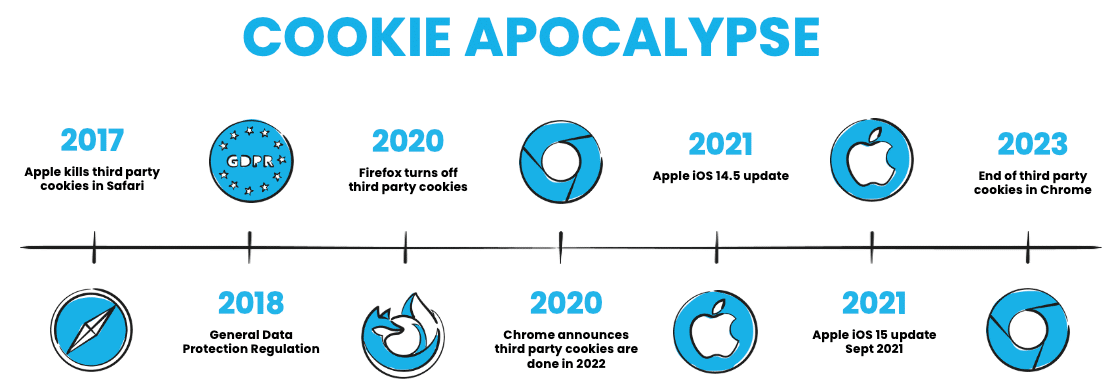
In today’s fast-paced digital age, consumers are increasingly turning to their smartphones and other devices to research, compare, and purchase products and services. This has given rise to the concept of “micro moments,” which refers to the specific moments when consumers are seeking information or making a decision.
Micro moments are important because they represent opportunities for businesses to connect with customers and provide them with the information and support they need. By focusing on meeting the needs of customers in these specific moments, businesses can build trust, increase customer loyalty, and ultimately drive sales and revenue.
So, what exactly are micro moments? According to Google, micro moments are “critical touch points within today’s consumer journey, and when added together, they ultimately determine how that journey ends.” In other words, micro moments are the moments when consumers are actively looking for information or making a decision, and they can occur at any stage of the customer journey.
For example, a consumer might have a micro moment when they are standing in a store and want to quickly research a product before making a purchase. Or, they might have a micro moment when they are at home and want to compare prices and features of different products before deciding which one to buy.
Micro moments can also occur when consumers are seeking information or support after making a purchase. For example, a customer might have a micro moment when they have a question about how to use a product or need help with a return.
The key to succeeding in micro moments is to understand the specific needs and preferences of customers in each moment and to provide them with the right information and support. This requires businesses to be highly responsive and to have a deep understanding of their customers’ behaviours and preferences.
One way that businesses can meet the needs of customers in micro moments is by providing relevant, personalised content. For example, a retailer might use data about a customer’s previous purchases and browsing history to recommend products that are likely to be of interest to them. Similarly, a travel company might use information about a customer’s past travel destinations and preferences to suggest new destinations that they might enjoy.
Another key to succeeding in micro moments is to be available and responsive to customers at all times. This means having a strong online presence and providing multiple channels for customers to get in touch, such as email, phone, and live chat. It also means being able to respond quickly and effectively to customer inquiries and support requests.
One way that businesses can ensure that they are available and responsive to customers in micro moments is by using technology to automate certain processes. For example, a retailer might use chatbots to provide basic product information and support to customers, freeing up human agents to focus on more complex issues.
Finally, businesses that want to succeed in micro moments need to be agile and adaptable. This means being able to quickly adjust their strategies and tactics based on changing customer behaviours and preferences. It also means being able to experiment and test new approaches to see what works best.
For example, a retailer might run A/B tests on its website to see which product descriptions and images resonate best with customers. Or, a travel company might test different pricing and promotion strategies to see which ones drive the most bookings.
In conclusion, micro moments represent a critical opportunity for businesses to connect with customers and provide them with the information and support they need. By focusing on meeting the needs of customers in these specific moments, businesses can build trust, increase customer loyalty, and ultimately drive sales and revenue. To succeed in micro moments, businesses need to be responsive, personalised, and agile, and to have a deep understanding of their customers’ behaviours and preferences.
By Manesh Ram, Digital Marketing Specialist. Please follow @maneshram & Meta




